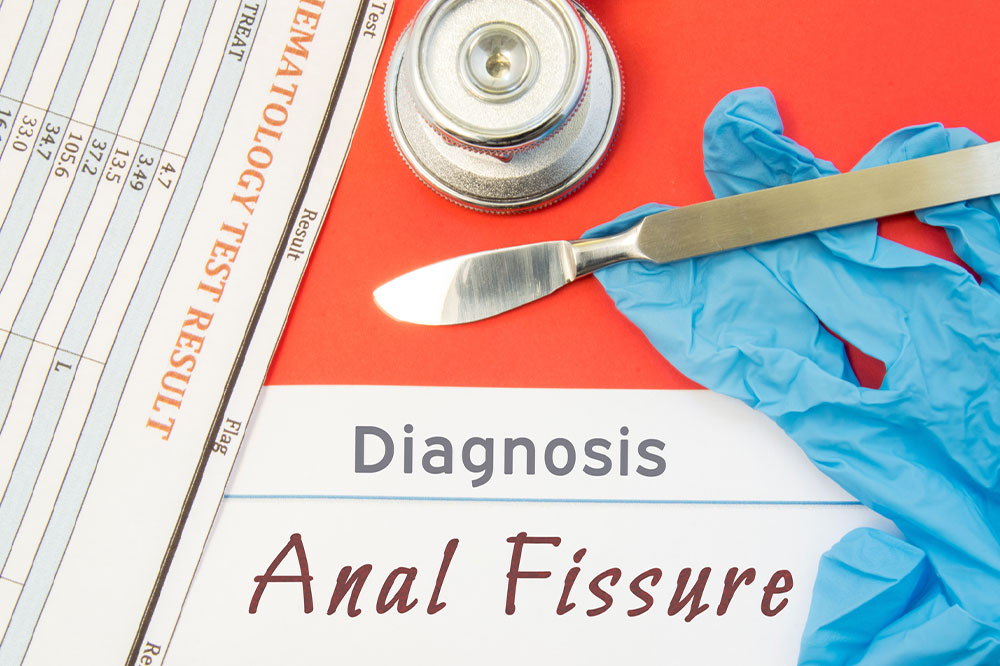Comprehensive Guide to Prostate Cancer: Causes, Symptoms, and Treatments
This comprehensive overview explains prostate cancer's causes, symptoms, and treatment options. It highlights risk factors such as age, genetics, and lifestyle, while detailing diagnostic and therapeutic approaches. Essential for men seeking awareness about prostate health, it emphasizes early detection and medical consultation for effective management.

Comprehensive Guide to Prostate Cancer: Causes, Symptoms, and Treatments
The prostate is a small, walnut-shaped gland part of the male reproductive system, located beneath the bladder and in front of the rectum. Its primary role is to produce fluid that nourishes and transports sperm during ejaculation.
Prostate cancer often develops silently, with no early signs, making it particularly dangerous. It ranks as the second most common cancer among men and is a leading cause of male cancer-related deaths worldwide.
What causes prostate cancer?
Several factors may contribute to prostate cancer development, including:
Consuming a diet high in fats increases risk over time.
Elevated testosterone levels support prostate cell growth, potentially leading to cancer.
Men over 40 are at greater risk, with incidences rising sharply after 75.
Family history and ethnicity play roles; African men have twice the risk compared to Americans.
Signs and symptoms of prostate cancer
Burning sensations during urination and ejaculation
Blood presence in semen and urine
Difficulty controlling urine flow or holding it back
Bone pain, especially in advanced stages
Reduced urine flow and persistent pelvic, thigh, or lower back discomfort
Erectile dysfunction as the disease progresses
Swelling in the lower body and fatigue with nausea in later stages
How is prostate cancer treated?
Hormonal therapy reduces androgen levels, limiting cancer growth by blocking testosterone production or action.
Chemotherapy agents like taxanes or platinum compounds are used in advanced stages to target metastatic cells; proton beam therapy is also effective.
Radiation options include External Beam Radiation Therapy (EBRT) which targets tumor sites, and brachytherapy involving temporary radioactive implants within the prostate.
Surgical removal, known as radical prostatectomy, is indicated when large parts of the prostate are affected, performed via open or laparoscopic procedures.










